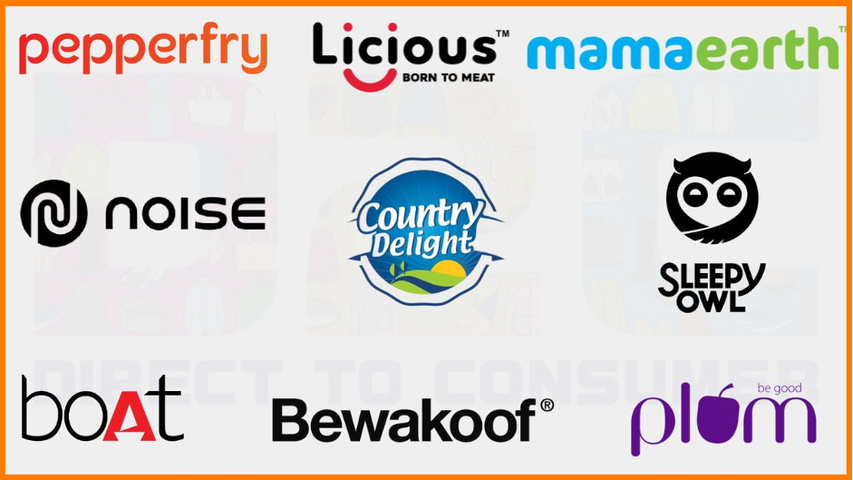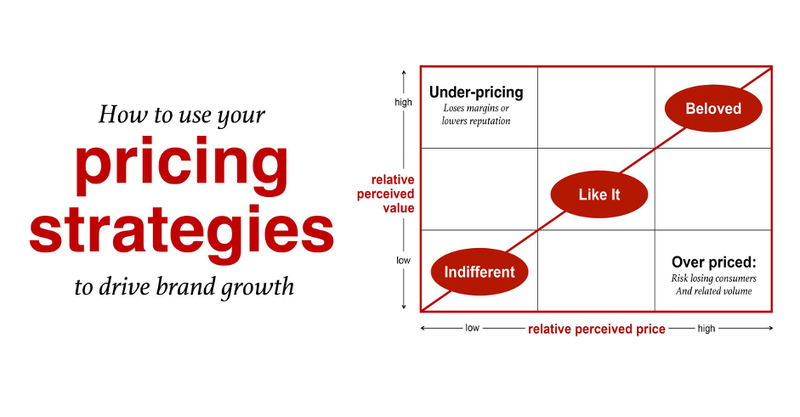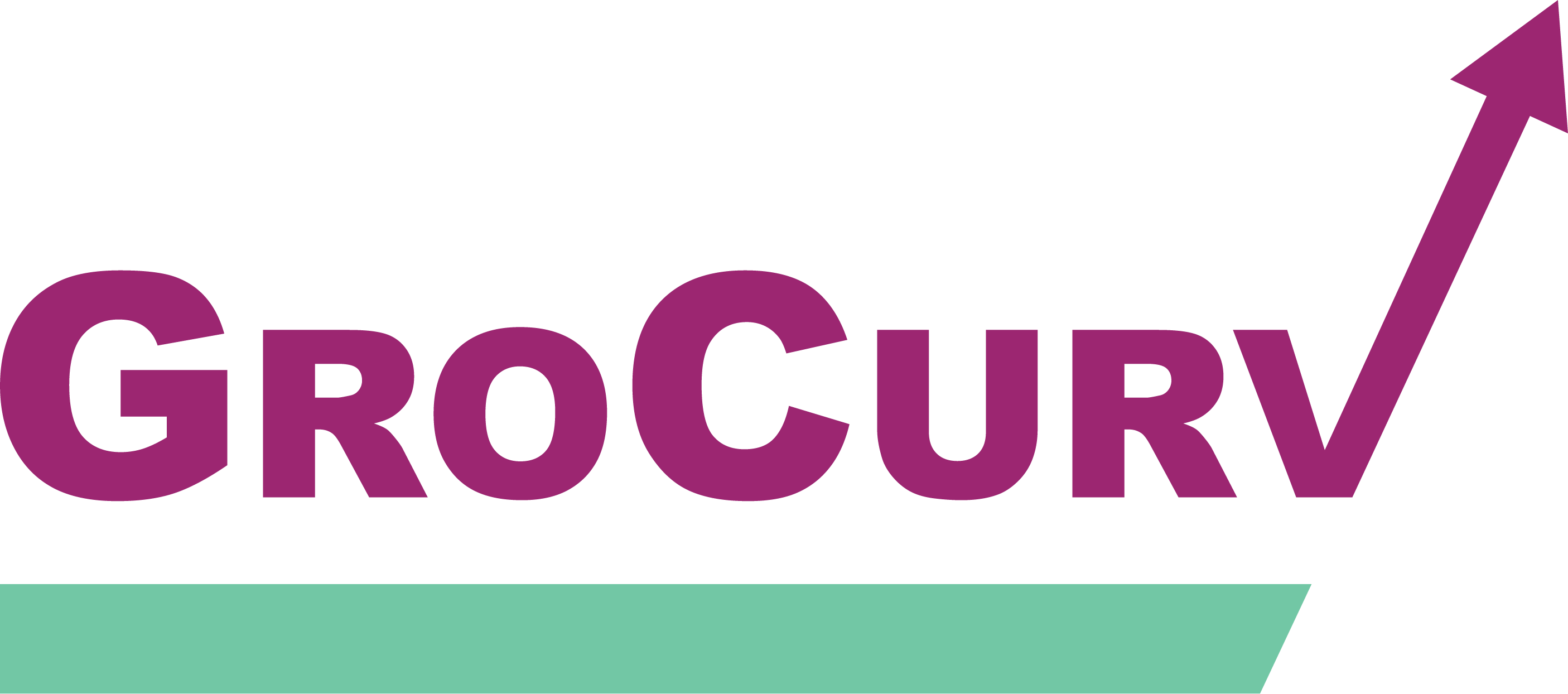The peculiar challenges of a young brand.

This theme comes back to us again and again at GroCurv.
Young brands wanting to grow fast. Yet, they face some amazing and unique challenges that more mature brands have overcome, mostly serendipitously.
We interact with young brands everyday. And by God, this country is producing them by the hour. And as we speak with them, and help them in their journey, we all learn lessons that not only guide the evolution of the GroCurv marketplace, but the brand’s own journey.
We share our learnings here, for brand owners to pick up and work with.
Our conversations fall into 4 large buckets of decision points for the brand:
1) What is my brand- who is my customer? Why does she need my product. What are her alternatives. Why am I better.
2) What is my pricing?
3) How fast do I want to grow?
4) How much should I spend to grow?
So let’s start.
What is my brand- who is my customer? Why does she need my product? Why am I better than existing alternatives.
This question must be answered objectively while at the start of a brand’s journey. By objectively , we mean that it must be more than the “founder’s experience “ that is the primary reason for the brand’s existence. A quick research to understand the size of the opportunity, the pain point that exists and how a new brand can solve for the customer.
If the brand is creating a new category, these questions are important.
If however the brand is entering an existing category, then there is one more important question to be answered . Why are existing brands not able to solve this problem and why is there a need for a new brand?
And is the new. Brand’s solution so unique that existing brands will not be able to copy that benefit ? Existing brands have a fundamental advantage that consumers are already aware of them and trust them.

The second part of the brand’s marketing mix is the pricing. That’s the revenue a brand will make. Will the consumer support this desired pricing of the brand.
Research is again a useful way to understand the value perception of the consumer to the brand and its benefits. When calibrated with the cost structure of the business, a go-no go decision can be reached at early.
Pricing should not be based on our view of the margin we need to make, or on how soon we wish to be profitable. It. Has to come from an understanding of the value of our brand to the consumer and hence the willingness to pay the desired amount.
What is the brand’s growth ambition?
Is there demand that will allow my brand to grow at the pace required? Sometimes an idea is wonderful and there is consumer demand. But often not enough, and the market has to be built. Amazon is one such example, where the initial concept of people shopping via the internet was hard to believe in a world with low internet penetration. But as the infrastructure changed, the ability of the brand to tap into the emerging need, allowed it to grow at breakneck speed.
Often brands are tied by the capital they have to grow the business. Ploughing back from revenues. In this case, the size and growth rate of the market determines how much a brand can grow.
Sometime venture capital comes in giving the brand more resources even in the absence of revenue. Such capital can be used by the brand to create a market itself, often by subsidizing the price for early consumers, as long as they can build a habit. Think Uber.

How much should I spend to grow?
This question finally determines how the equation of price and customer acquisition play out. Initially a brand has to spend more to acquire customers. It is not known, consumers do not have much experience with it, there is a trust deficit.
While consumers may be keen to use a brand, they want more validation. Hence interest in a brand does not translate to purchase. The cost of acquisition is high.
As brands get used, and people start talking about it- word of mouth and referral business picks up for the brand. Repeat purchases start to kick in and the cost of acquisition starts to fall. IF, THE BRAND IS INDEED SOLVING A RELEVANT PROBLEM.
At this stage most brands are keen to spend on marketing that gives results- performance marketing. Facebook/ Google marketing: and they are driven by return on advertisement spends. Measuring efficiency of spends very closely.
We argue however that at this stage, communicating the brand proposition is important, and while it is not a spend that has immediate benefits, over the life of the brand, this establishing of proposition goes a long way in reducing customer acquisition cost.
Brands and businesses can certainly be built with higher success if approached in an objective way. Using data to balance our passionate and optimistic view of the opportunity. Preparing a sound business plan through research, asking the right questions and then experimenting in the early stages of the brand, allows us to allocate the right resources to making our dream a reality.
To know more about building young brands, visit us on www.grocurv.com
